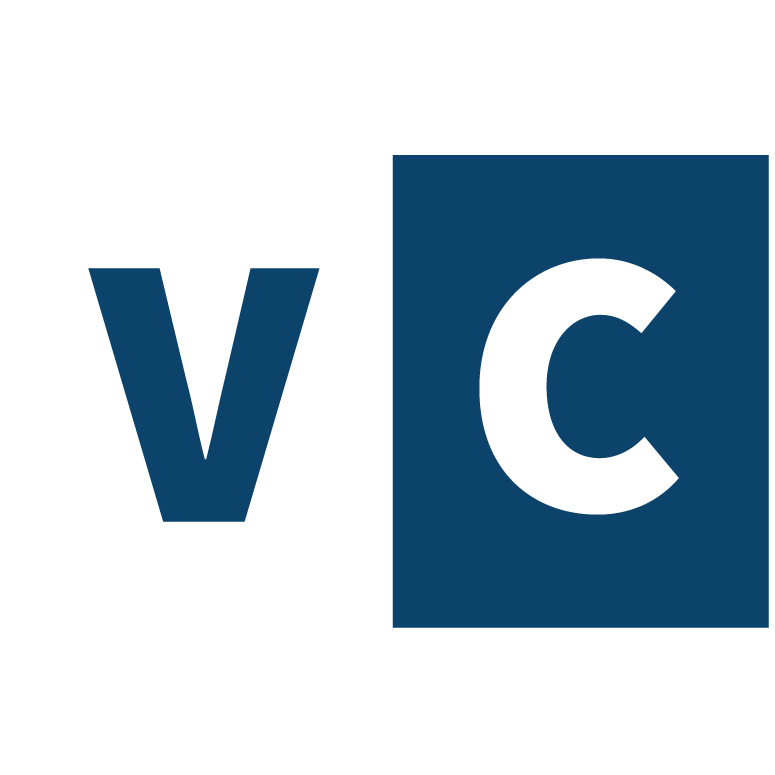133. Ulrich Möller: The Video Game Industry Points to the Future of Organization Design
Austrian economics has a lot to say about how to organize firms for maximum value generation. Austrian principles point to the delegation of entrepreneurial judgement to the front-line employees who interact directly with those who actually create value: users.
The military organization models of the twentieth century, involving command-and-control in hierarchical structures, are slow to change, and the management literature evidences an unwillingness to abandon the hierarchy. But there is a fast-growing industry that’s the locus of prodigious value generation where the hierarchy has already been abandoned and flat networks of distributed judgement are taking its place. Ulrich Möller is one of several Austrian economists who are studying the firms in the video game industry and demonstrating how their findings can bring positive organizational change to the rest of the business world.
Key Takeaways and Actionable Insights
Organizational innovation has a long and successful track record in the video game industry.
A lot of value has been generated in the video game industry in a short period of time. Video games surpass movies and music in revenue. Without a long history of corporate hierarchies and bureaucracy to shed, firms in the industry embraced the organizational innovations of open source software, including anonymous collaboration among highly distributed self-organized teams, peer review systems, and agile processes.
In addition, the industry created its own laboratory for testing revolutionary organizational theories in virtual economies set in virtual worlds.
Valve is a company in the video game industry that took organizational innovation to its logical conclusion: the end of hierarchy.
Valve — a very successful, industry-leading company — pursued a value-generation logic to frame its approach to organization:
- Creativity is our core resource — the most important skill in game development.
- Creative employees are key to our capabilities.
- Creative people are most productive when left to express their own creativity in their own way.
- Hierarchy blocks creativity, as do planning and routine.
- How do we design a company to attract and retain the sort of people who are able to take the boldest creative steps?
The answer? Let employees decide what to work on. Let them exercise entrepreneurial judgement. Let them, in effect, do both strategy and implementation. Give them all the decision rights. Let them identify customer preferences — since they know the customer best; let them decide how best to address those preferences; let them decide how to achieve competitive differentiation; let them allocate resources, choose costs, and manage profitability; let them control quality and decide when software is ready to ship.
Employees work in self-organizing teams, and are free to migrate from team to team, and free to change their roles. There are no fixed job descriptions.
In place of command-and-control, a few simple rules or constraints have emerged for the exercise of governance.
F.A. Hayek wrote about norms that emerge in social groups to shape behavior. These are not legislation, i.e., written formal restrictions. They are what he called rules, constraints that everyone accepts in the shared commitment to collaboration and the pursuit of the most favorable outcomes.
The most significant of these rules at Valve is the “Rule Of Three”, a simple agreement that at least three individuals must agree on the initiation of a new project, or on other major decision points. The emergent standard was that this is just enough to prevent maverick behavior, and a low enough number to facilitate agile action that’s not bureaucratically constrained.
Another rule or constraint goes by the name of Social Proof. This is a broader and looser peer review standard. If the original team wishes to recruit more members, they must persuade others of the value generating potential of the project (in competition with other projects in the firm); successfully doing so constitutes “social proof” of value.
Rules-based peer review process replaces management structure.
Conventional approaches to organizational design focus on structure. This might be command-and-control hierarchy, or structured networks, or strategic business units or functional departments. Valve abandoned structural thinking and replaced it with flow analysis. How can we attract the most creative people to our venture? How can we encourage the most productive flows of bold creative thinking? How can teams best assemble and collaborate for the most productive output? How can we integrate with the user community in the best way? How can the most value-generative projects attract the best resources?
These are all questions about flow. Austrian economists are distinctive in viewing capital as a flow rather than a structure, and this view holds true for human capital just as much as physical capital. Emergent rules for self-organizing human systems can perform all the managerial functions that were historically left to control structures.
Actionable Insight Summary
- Design your organization for flow not structure.
- Design to attract the most entrepreneurial people in the most entrepreneurial roles (self-selection).
- Let them self-organize.
- Let rules and value codes emerge.
- Teams as business units.
- Eliminate the boundaries between the firm and customers and other partners.
Additional Resources
“The Future of Organizational Design” — our E4B Knowledge Graphic (PDF): Download PDF
“Levels without Bosses? Entrepreneurship and Valve’s Organizational Design” by Ulrich Möller and Matthew McCaffrey: View Paper
“Entrepreneurship and Firm Strategy: Integrating Resources, Capabilities, and Judgment through an Austrian Framework” by Ulrich Möller and Matthew McCaffrey: View Paper


Responses